Method and tools
This is a list of methods and tools that come from our research and that may be deployed.
News 202412: Project closed 202410: VPSL hosted inside Karlskrona Blue Port Studios 202410: New projects with VPSL as infrastructure; 1) CONVERGE II - En lösning för energidistributionen inom vägbyggnation & bergtäkt 2) COLLIDE-XR: Collaborative Innovation for XR Accessibility and Development | 2024-2025 202409: Installation of the VPSL 202407: Contract signed with Blå Hallen / Blåport for VPSL installation, starting September 1. 202406: Procurement finalized and Creative Technology the winner of the 13.5 MSEK tech order, delivery expected in August. 202405: New projects approved that include VPSL as infrastructure; AXESS – Assessment in XR Environments for Sustainable Solutions | 2024-2027, PROSUCCO – PRO SUstainable Co-COnfiguration | 2024, RECS – Resilience in electricity & charging systems | 2024-2025 202402: Depeening the Virtual Production skills at BTH! 202402: Rebuild of BTH facilities to host the VPSL lab ongoing. Closing summary The Virtual Production Studio Lab (VPSL), led by Blekinge Tekniska Högskola (BTH), is…
Read more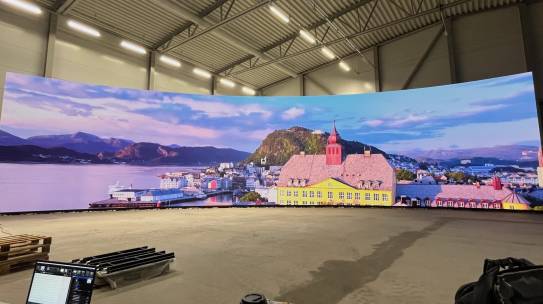
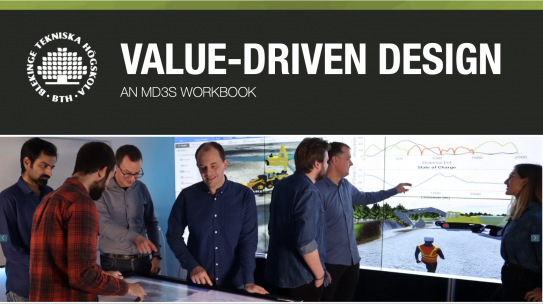
Developing solutions that provide great value to customers and users is the main ingredient of market success. In this workbook you will learn how to keep focus on value generation throughout your entire development process for Product-Service Systems. The workbook targets designers, product developers, systems engineers, managers and business executives who wants to learn how to work in a systematic way to map customer needs and values for new products and services, and how to choose the design concept that maximize customer satisfaction and long-term profitability. From model to value assessment. IN THIS WORKBOOK Introduction to Value-Driven Design What is the goal of VDD? Why to use Value-Driven Design? Introduction to MD3S The Value-Driven Design process Step 0: Preparation Step 1: Defining the Value Creation Strategy Step 2: Screening ideas from a value perspective Step 3: Assessing the value of design configurations Step 4: Simulating future scenarios Step 5: Calculating…
Read moreWith the ongoing transformation of industrial product development and production, and especially how Internet of Things (IoT), smart factories, cyber-physical systems and big data are driving technology capability - solutions must be ever faster, more diverse, more flexible and more intelligent, as well as sustainable, feasible, viable and desired. https://youtu.be/39hkwWq8NbY The Cyber Physical Lab installation at BTH. Together with Festo we have now installed an industry 4.0 facility to support our educational and research environments at PDRL and BTH. CP Lab installation illustration The actual installation The Cyber Physical Factory will be used as a platform both in research and training. The new smart production system will be placed in or Innovation Labs, where students and companies can work and learn together in the field of Industry 4.0. The CP Lab will be operational from September 2020. A list of the main areas / equipment (contact Tobias for full specification):…
Read more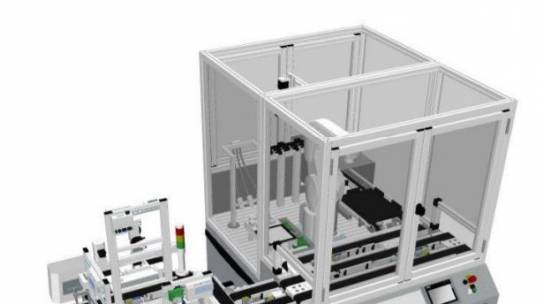
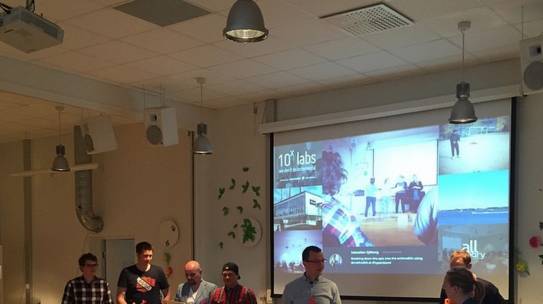
The 10X Canvas is a method to support exponential change. It provides you with guidance and documentation while you explore and experiment. It lets you roadmap towards innovation via minimum viable prototypes, hence have “relentless prototyping” built-in. It consists of the phases; explorationdivergent prototypingpeer calibrationconvergent prototypingexponential roadmapreflection The 10x Prototyping Canvas process The process is preferable used when you want to explore future possibilities in teams in a rapid sprint mode. You arrive at an exponential roadmap with endgame goal, milestones, technology leverage, skills needed, partnerships needed and also a next step to act upon. Exponential roadmap The research based approach has been tested in 20+ workshop sessions with industries like Ericsson, Volvo, CGI, Stena, TetraPak, GKN Aerospace etc. and has been the backbone in the 10X Labs initiative. If you are interested in knowing more about how to download, and apply, the 10X Canvas in your organization and how we are…
Read moreOne success factor in engineering design is the ability to make effective and risk-managed decisions in a timely manner. Rarely is a single person sufficient to resolve today’s complex, connected issues. Rather, a group of stakeholders possessing required expert knowledge needs to be enrolled as these issues normally requires a wide variety of expert competences, transcending traditional disciplines. Where this previously was a question of being able to resolve trade-offs regarding design and development of the pure physical artefact it is now a complex ambiguity game involving all disciplines touching a solution during its lifecycle, due to the movement towards integrated product-service solutions. Hence making the problem even more pronounced. This challenge is tackled in ongoing research within the project Model Driven Development Decision Support (MD3S) at the Product Development Research Lab (PDRL) of Blekinge Institute of Technology (BTH). The hypothesis of this research is that the ability to gather…
Read more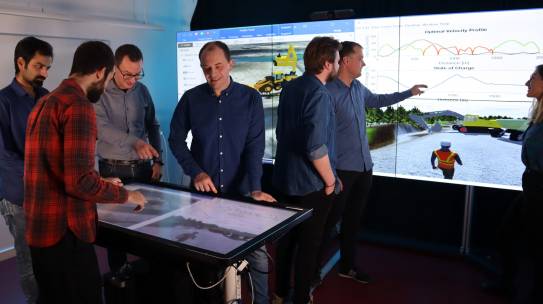
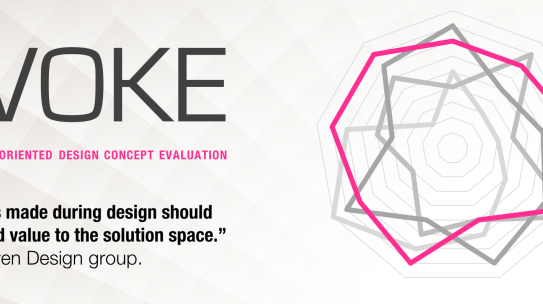
Value creation is the end-game solution of product and service design. Yet, ‘value’ is difficult to measure, because it goes beyond manufacturing and usage cost to include a lot of subjective, intangible and tacit concepts. EVOKE is a method to keep focus on value generation throughout the design process, since its earliest phases. The EVOKE toolbox aims at supporting the design team in prioritizing customer needs, creating product configurations, assessing their value and displaying it for decision making. The value of a product (or service) to a customer depends on his/her preferences. These are modelled in EVOKE as a list of value criteria, whose rank-weights are used to model different customer tiers and scenarios. Also, through the use of 3D parametrical CAD models and Design of Experiment, the design team can automatically generate a number of configurations for a given product platform. Each configuration is assessed in the value analysis…
Read moreDoes your company struggle to understand what your customers really need? Are you failing to pick up on changing consumer trends quickly and decisively enough? Do you lack a strategy for how to bring emerging technologies into your portfolio? Then this business solution is for you. Attentive companies excel in identifying the pains and gains that matters most to customers, and they understand how to align their offers with the measures of success that customers use. Are they looking for better performance, lower cost, or perhaps a more positive emotional experience? What is currently preventing them from fully appreciating what you offer, and what can you do to exceed their expectations? Using examples from companies like GE, Coca-Cola, LEGO and GoPro, we will engage participants in a practical workshop-style course focused on how to create an attentive company with an organizational ability to turn needs and insights into business value.…
Read more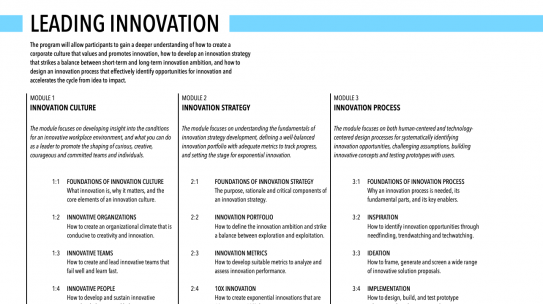
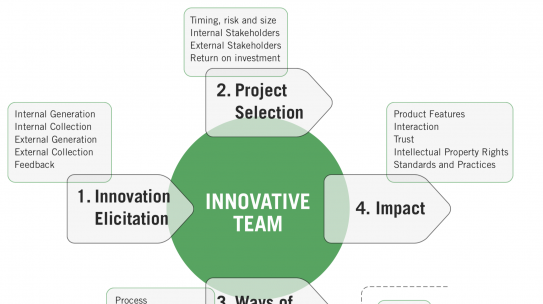
About the method This method deals with the need for measuring your innovation efforts and will provide you with new knowledge and a framework which will guide you and your team in establishing an innovation measurement program. As innovation is a necessity for any organization today, the ability to assess and measure the progress and impact of your innovation efforts might be a true source of competitive advantage. In this method article you will be provided with a framework which will guide you and your team in establishing an innovation measurement program. Once a suitable innovation measurement program has been implemented, the innovation capabilities of your team, as well as the confidence from both internal and external stakeholders will increase. What is measured, gets done! In brief Experience constantly tells us that "What is measured, gets done!". However when it comes to innovation the measurement indicators available are rarely useful.…
Read moreNeedfinding is considered an applied approach to identifying, capturing and communicating human needs into the process of product innovation. It assumes that designers need to be involved at the early stages of product innovation to have an impact on the product definition. The development of Needfinding includes creation of new methods to complement the product innovation process. Needfinding is an approach which affects the whole product development process; thus, for example, context, culture, work environment and user experience, are included in the needfinding journey. This workbook summarises a selection of user- centered approaches that can guide and support engineers and designers in identifying the unmet user needs in the real user environment. It will allow you to take practical action towards delivering value added, sustainable and user-centered products and services. This workbook starts with a focus on understanding the user’s context by framing a needfinding plan, continues by offering methodical…
Read more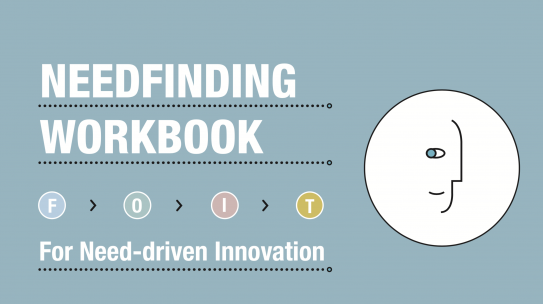
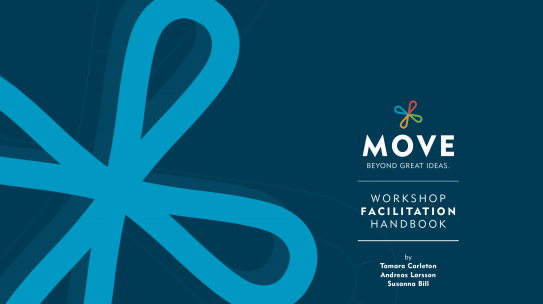
The MOVE framework is designed to help you plan an effective internal workshop to address the innovation capabilities within your group or company. MOVE is based on four dimensions of team innovation: Make, Observe, Visualize, and Engage. We talk about dimensions rather than phases because innovation is not a linear process. Use elements of each dimension depending on your specific needs and objectives. Don’t forget to iterate and share your evolving ideas with others in your innovation network, which will help you move your big ideas forward. If you are interested in knowing more about how to apply the MOVE Framework in your organization and how we are developing the format further, please contact anyone of the authors or partners: Tamara Carleton, carleton@innovation.io. Blekinge Institute of Technology, Andreas Larsson (andreas.larsson@bth.se), Tobias Larsson (tobias.larsson@bth.se) Stanford University Center for Foresight and Innovation, foresight.stanford.edu Download Download PDF here (3 mb)
Read more